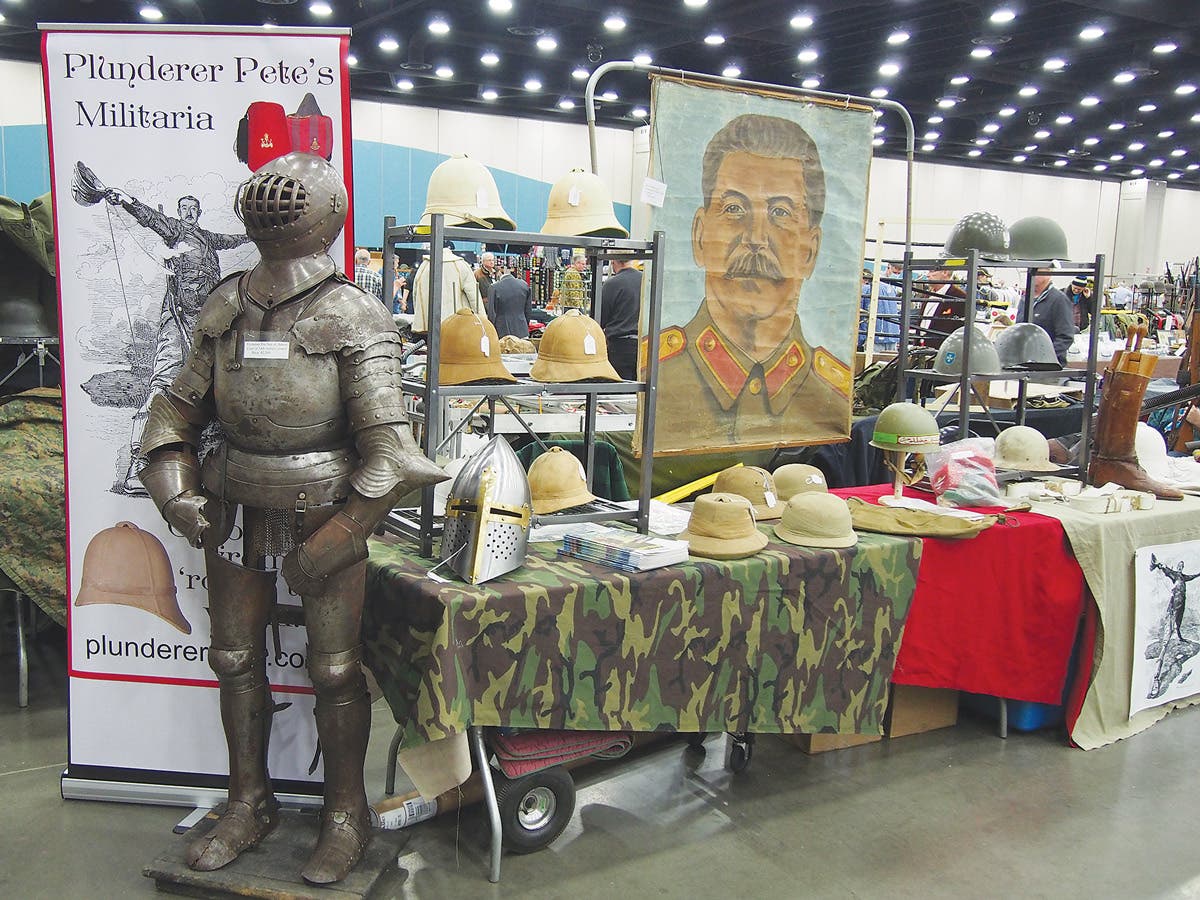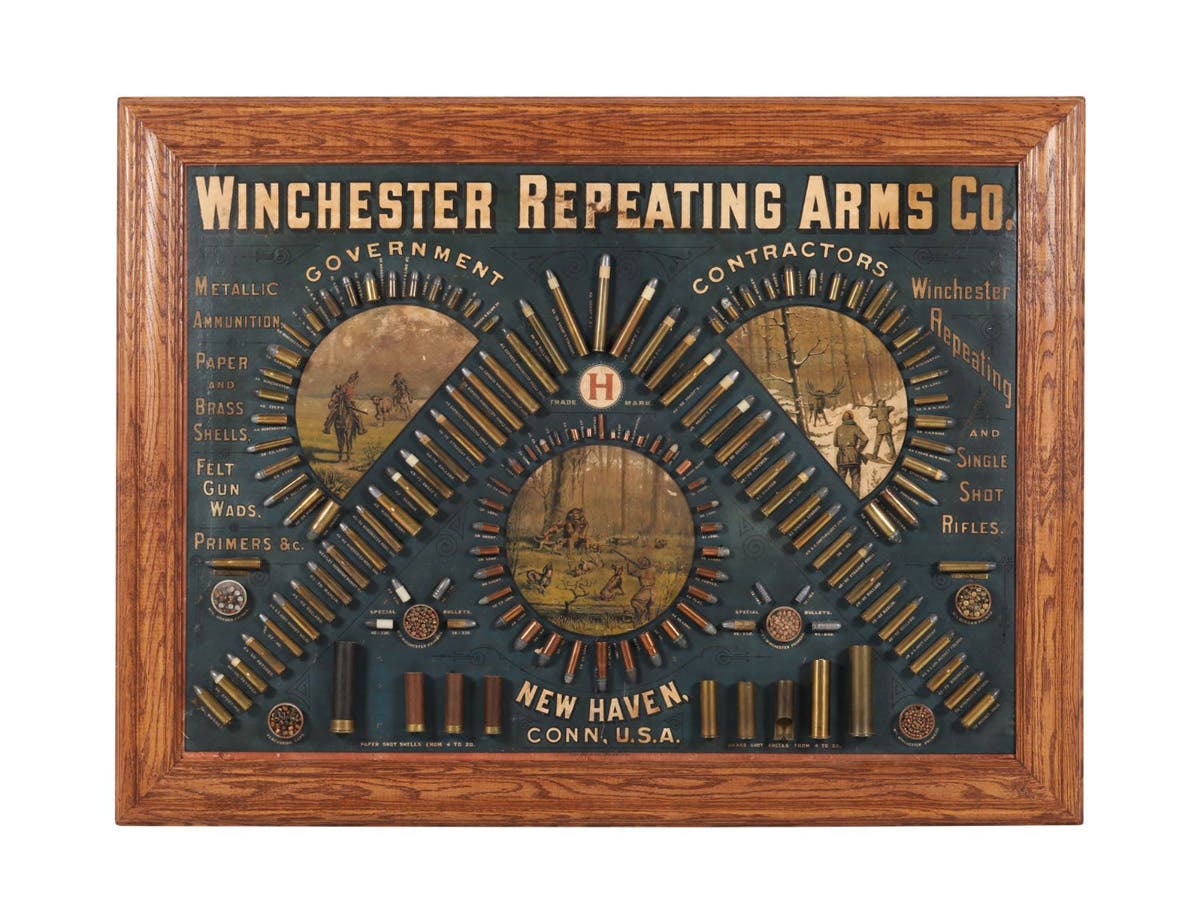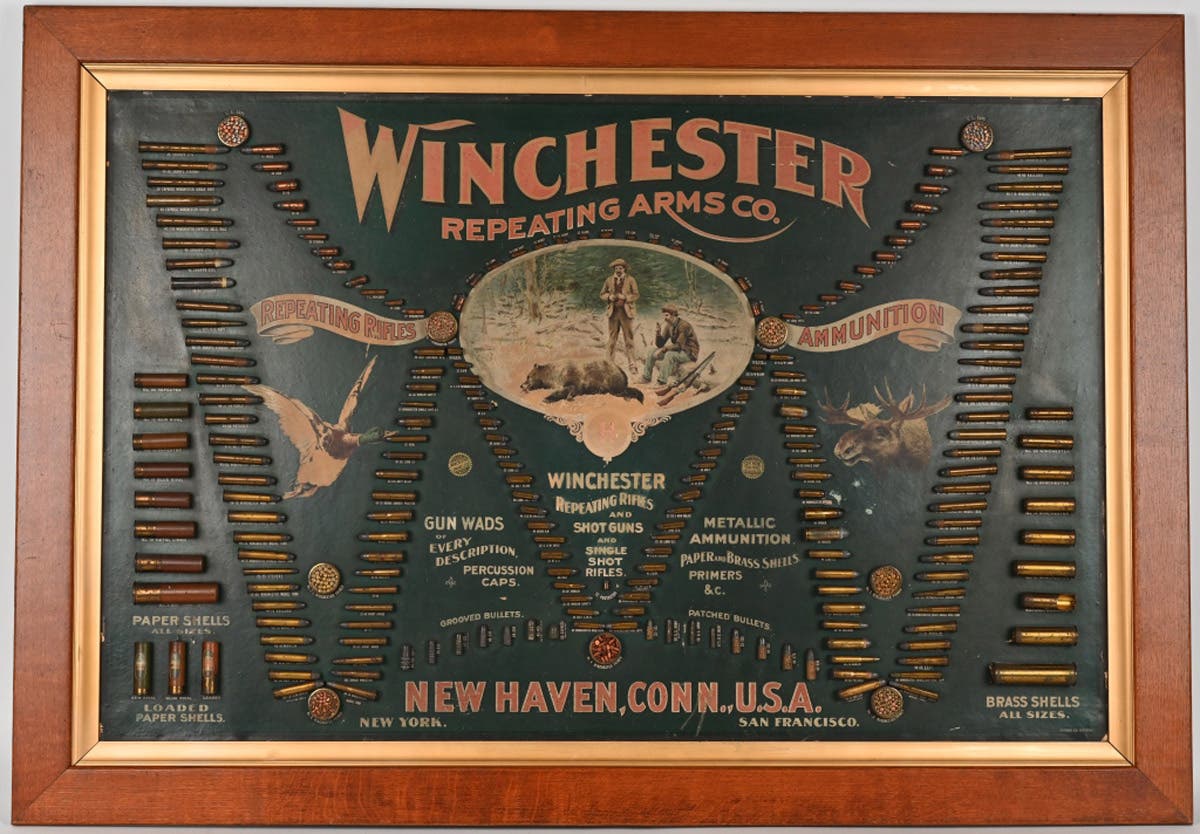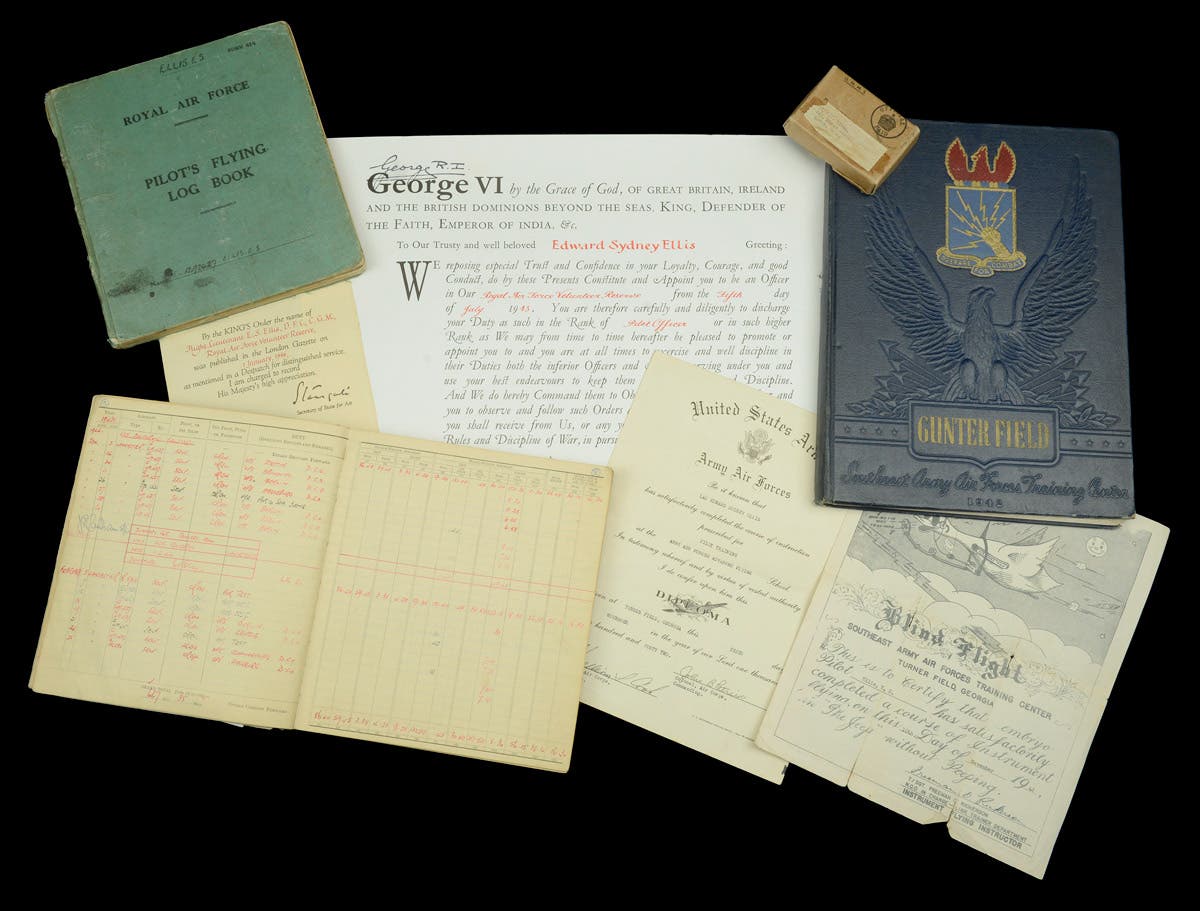The Mahdist War
By Peter Suciu One of the basic tenets of international relations and diplomacy is that if you don’t pay attention to history, you may be doomed to repeat it. The…
By Peter Suciu
One of the basic tenets of international relations and diplomacy is that if you don’t pay attention to history, you may be doomed to repeat it. The rise of ISIS in the Middle East is a classic example, in part because it is not the first time the western world has had to engage a would-be Caliphate. As history has shown, these wars tend to be long and drawn out — often with serious reversals.
The best example of this was the Mahdist War,fought in the Sudan between 1881 and 1899. While it was primarily an Anglo-Egyptian campaign against the Mahdist Sudanese, it did involve the Congo-Free State (then a personal realm of the King of Belgium), the Kingdom of Italy, and the Ethiopian Empire.
Interestingly, the Mahdist forces — who called themselves “Ansar” (while known to the British as “Dervishes”) — rose to power in a similar fashion to that of ISIS in Syria and Iraq. The Sudan had been largely independent until the region was subjugated following the invasion by the forces of the Khedive of Egypt, Muhammad Ali in 1819. Egypt was a semi-autonomous vassal state of the Ottoman Empire, and Ali sought to expand his power by imposing his will farther up the Nile River into the Sudan. The Sudanese people, including farmers who had been Arabic-speaking, resented Ali’s intentions. These people relocated from the fertile Nile Valley to more remote areas including Kordofan and Darfur.
In the short term, the taxes levied addressed Egypt’s problems. Under Khedive Ismail, however, the country found itself in huge debt as a result of the construction of the Suez Canal. While the Khedivate of Egypt remained an autonomous Ottoman Empire province until World War I, from 1882, the land was largely occupied by the British as a de facto protectorate.
At the same time that the British tightened its grip on Egypt, the Egyptians lost their control of the Sudan following the rise of a would-be savior known as the “Mahdi” (a prophesized redeemer of Islam who would return before the Day of Judgment and rid the world of evil). This new Mahdi was influenced by earlier Mahdist movements in West Africa, but also took elements from Wahhabism. He sought to create an Islamic empire in advance of the second coming of the Prophet Isa.
Part I of the Mahdist War
As the Mahdi’s power increased, so too did the threat to the region’s stability. The British, not wanting to get into yet another colonial campaign in Africa, advised the Egyptian government to mount an expedition. In the summer of 1883, 7,000 Egyptian infantry, 1,000 cavalry and artillery concentrated at the colonial capital of Khartoum. British Indian Staff Corps officer William Hicks along with about a dozen European officers led the effort. Winston Churchill would describe this force as “perhaps the worst army that has ever marched to war.”
Anyone interested in seeing how this force fared only needs to watch the opening scenes of the 1966 film, “Khartoum,” starring Charlton Heston. Hicks’ force was utterly destroyed at the Battle of El Obeid.
There were discussions that the Egyptians should withdraw from the region, and some form of self-government — even headed by the Mahdi — be created. The Egyptians asked that another British officer be put in charge of the withdrawal. Charles “Chinese” Gordon (whom Mr. Heston played in the film) was given the command.
As depicted in that excellent film, Gordon did what he could to evacuate British and Egyptian interests from Khartoum and other stations. However, he was killed in January 1885, while defending the besieged city before a relief force under Sir Garnet Wolseley was able to reach Khartoum. Interestingly, those relief efforts served as the backdrop of the 2002 film (based on the 1902 novel), “The Four Feathers.” The film inaccurately depicted the Battle of Abu Kleaas a Mahdist victory rather than the British success that actually occurred.
One further campaign was mounted in March 1885 under the command of Major-General Sir Gerald Graham. While it led to several notable British victories, it was the final effort to liberate the Sudan from the Mahdi for 13 years.
Part II of the Mahdist War
Muhammad Ahmad bin Abd Allah died just six months after capturing the city of Khartoum from Anglo-Egyptian control. He was succeeded by Abdullah Ibn-Mohammed Al-Khalifa, also known as “The Khalifa.”
Under the Khalifa the Mahdist forces invaded Ethiopia. In 1887, they destroyed every church in the city of Gondar (not all that dissimilar to efforts by ISIS to destroy any structure that threatens its version of Islam). At the Battle of Metemma in March 1889, Khalifa forces killed the Ethiopian Emperor Yohannes IV.
Afterward, Khalifa forces created workshops to maintain captured steam boats and to manufacture ammunition. A couple of events would serve to play against the Khalifa’s visions of expanding his empire, however. First was the barbarism of the Mahdists served to embolden English public opinion to react.
The second event was the French Second Republic eying the Nile Valley and mounting an expedition to claim the lower Sudan for France. That went against the British long-term goal to control Africa from “Cape to Cairo”— a goal only fully realized after World War I.
In 1896, Horatio Herbert Kitchener was appointed “Sirdar” (commander) of an Anglo-Egyptian Army. That March, he began the reconquest of the Sudan. Kitchener was not going to allow this be a repeat of the Hicks affair. He armed his troops with the most modern equipment at the time, including Maxim machine-guns and a flotilla of gunboats. Kitchener did not rush into it either. His advance was slow and methodical as he establishedfortified camps to ensure the safety of his line of supply.
Following a series of victories including the decisive Battle of Atbara, the Anglo-Egyptian forces reached Omdurman, the Mahdist capital in September 1898. There, they fought a truly one-sided battle in which only 47 British, Egyptian, and pro-British Sudanese were killed along with and another 382 wounded. The Mahdist, however,suffered more than 12,000 killed, 13,000 wounded, and another 5,000 captured.
It was during this battle where the British 21st Lancers (whose ranks included a young Winston Churchill) took part in what has been described as the last classic charge of British cavalry. That moment was recreated in the 1972 film, “Young Winston.”
In the aftermath of the Battle of Omdurman, Kitchener’s troops destroyed the tomb of Muhammad Ahmad, throwingthe Mahdi’s bones into the river. Some maintain that Kitchener kept the Mahdi’s skull as a trophy. The tomb has since been rebuilt. Today’sSudanese Umma Party claims to be the political descendent of the Mahdist movement and is led by Iman Sadiq al-Mahdi, the great-great-grandson of Muhammad Admad.
Collecting the Mahdist War
Unlike other British campaigns — notably the Zulu War and,to a lesser extend, the Boer Wars — there hasn’t been a great deal of interest in the Mahdist Wars (apart from the aforementioned films). One reason for this may be the fact that the first half of the efforts were largely an Anglo-Egyptian military failure.
Collecting British militaria from the campaigns is also challenging for a number of reasons. For one thing, much of the equipment, including tropical uniforms, small arms, and notably sun/pith helmets used by the British forces, were used in subsequent conflicts. A helmet could have been as likely used at Omdurman as at Kimberly during the Second Anglo-Boer War a year later. Without provenance and some sort of chain of custody, it is difficult to determine whether much of the extant British gear was actually used in the Sudan.
However, collectors can still accept that the British foreign service helmet was largely used throughout the campaigns, and that the Wolseley helmet actually made its debut in combat during the 1896-98 efforts led by Kitchener. Any Wolseley pattern sun helmet offered for sale from that campaign should be met with skepticism, however. It would have to be among the earliest versions to have actually been used in that time frame.
About the only items that can be definitely tied to the campaign without direct provenance are the British Queens Sudan Medal of 1899 and the Khedive’s Sudan Campaign Medal. Both medals have been copied, so collectors should be wary of fakes.
Those seeking Sudanese / Mahdist items face a different set of challenges. The Sudan encompassed more than just what is in the borders of the two countries that bear the name today. The land area was approximately equivalent to Europe. Known as “Nubia,” it had been a trading partner with Egypt for centuries. Therefore, itshared a similar culture.
The most notable challenge in actually collecting artifacts from the region is that Sudan is now under sanctions from the United States Treasury Department. All items of Sudanese origin are, in fact, banned by the Office of Foreign Assets Control (OFAC). This does not specifically address antique items, but in the United States, PayPal and eBay have a ban on Sudanese items.
While certain informational items (including photos) are allowed, replicas of antiques must be noted as being copies. eBay even notes, “We don’t permit the sale of items that claim to be pre-embargo because we cannot determine when an item was removed from a specific country.”
This means that vintage weapons, shields, helmets, and other artifacts cannot be legally imported. Dealers and collectors should avoid even using the word “Sudan” to describe any artifacts as PayPal will not permit such items to be sold(yet, items described as being from the “Mahdi War” are largely ignored). While this author doesn’t suggest this be used as a way of sidestepping the bans, it is worth noting that those who came up with the rules clearly don’t understand the history of the region.
It is also true that the Mahdi War had similarities with other colonial conflicts — in that the European forces and their allies fought a more primitively armed enemy, even if it was better organized in its latter years. The primary difference was that the Sudan, while in the African continent, was not exactly the typical African kingdom. Since the 16th Century, the Ottoman influence had spread to the region, notably with Islam becoming the predominant religion.
The Ansar warriors were not outfitted in what could be called a uniform by European standards, but their attire was vastly different from that of the Zulu or Ashanti warriors that the British had faced earlier in the century. The common attire consisted of a plain cotton garment known as a “jibbah.” The followers of the Mahdi sewed black patches onto their jibbahs as a way to denote their loyalty.
There had been no use of firearms in the Sudan until the late 19th Century, apart from some “trade” guns that made it up river from Egypt. This included everything from Arabian “jezail” rifles, sometimes known as “camel guns” to early 19th century European flintlocks that may have been used during Napoleon’s Egyptian adventure. Just as centuries of antique firearms (and, no doubt, numerous copies) still can be found in the bazaars of Afghanistan, the same is true of the Sudan.
And, while the Mahdi’s forces captured numerous small arms — including American Remington rolling-block rifles — from the Hicks’ expedition, during the later stages of the conflict, the Sudanese were truly outgunned in every way. In fact, at the Battle of Omdurman, correspondents noted that the Mahdi forces’ opening volley amounted to little more than a waste of ammunition!
The Anglo-Egyptian forces were truly a modern army facing a foe that seemed literally hundreds of years more primitive in nearly all aspects. For example, Ansar forces typically carried shields throughout this era. These included large round shields as well as tall oval examples. Both styles were typically covered in hide and dyed a dark brown color. To a lesser extent, Mahdist forces also carried Abyssinian/Ethiopian and Somali shields. In the latter battles of the 1890s the shields had become less common. It has been suggested that this was due to learned experience of the shield’s ineffectiveness against firearms.
The only British armor worn during the campaign were the chain mail epaulettes on the shoulders of lancers (including Churchill). Many Mahdist force commanders did wear chain mail tunics and simple metal breast plates. Some examples may have been the armor worn by the Khedive’s cavalry during the Hicks’ expedition, but other armor was probably vintage examples. Some scholars suggest that Ottoman and Arab chain mail may have been widely available following the reconquest of Spain in the 15th century and following the subsequent Ottoman defeats in Europe. Thus much of the Mahdi armor may have been centuries old..
Quilted armor for cavalry was also adopted both for the horses and riders alike. According to the British Museum in London which has such armor in its collection, this was “made from several pieces of brightly colored cloth that was sewn together. It was stuffed with kapok, the wool-like strands that surround the seeds of the silk tree, creating a heavy garment.” This armor is still worn today during ceremonial occasions.
In addition to the chain mail, amounted Sudanese “knight” wore a round Indo-Persian style helmet,known as the “Kula-Khud.” Many of these were locally copied locally for mounted warriors. The locally made Kula-Khus tend to possess a more simple in design, but the influence is readily apparent.
Spears of various lengths were also carried, but collectors should be wary as many spears from all parts of Africa are often sold as “Sudanese” or “Mahdi,” just as many are offered as “Zulu” today.While spears were carried, swords were the primary melee weapons. The sword that is most associated with the Sudan is one that seems like it might have come from Medieval Europe – and some of the blades might have such a history.
The kaskara sword, which was used in the Sudan region since the late 18th century, may have had its origins much earlier. According to some Victorian Era researchers, the first blades may have been old Crusader swords that Arab traders acquired in Palestine and Egypt and brought to the region. While this is far-reaching, it is believed that the swords were, in fact, copies of earlier sword designs. Current theory suggests that it is unlikely any of the blades date from before the 15th century, and that most were probably created much later.
Today, these swords are widely available. Given that the Mahdi and the Khalifa had raised a force numbering in the hundreds of thousands during their brief rule, it is not surprising that swords are among the most common items to be found from the era. Because these are rather crudely made, it is still impossible to date them to the specific campaigns. It is possible that a sword represented from the periodwas produced well after Anglo-Egyptian control was reestablished in the region.
The Sudanese used copies Indo-Persian axes and tridents, as well as a variety of daggers and knives. These include a variety of so-called “arm daggers” there were worn just above or below the elbow with the blade pointing toward the elbow. Bows, clubs (including African knobkerrie), and other weapons from across Africa were also employed in the Sudan. As a result, many items may be offered as coming from the Sudan campaigns, but it should be remembered that such weapons had been traded for centuries.
It has also been suggested that much of the arms and armor may have found its way to the Sudan not just through trade routes, but as a side effect of the Islamic Hajj (pilgrimage) to Mecca. This hasregularly helped spread artifacts throughout the Muslim world. Swords, daggers and even armor can still reportedly be found in the markets of the twin cities of Omdurman and Khartoum – which reinforces eBay’s and PayPal’s bans of such items.
Collectors must be cautious of any Mahdi item that is offered. Because this conflict hasn’t had the appeal of the Zulu War items, the good news is thatMahdi material is more abundant and far more reasonably priced.
The other concern for collectors are the numerous replicas that been produced for various films over the years, including the most recent version of “The Four Feathers” done in 2002. While the shields for the movie were made of fiberglass rather than hides, many of the movie swords look quite accurate. Collectors should watch be aware that movie props may be offered as vintage pieces.
Arguably, “The River Campaign” as it was dubbed by Mr. Churchill, was Britain’s last one-side affair. It reminded the world of how Great Britain had built an empire on which the sun never set. For students of history, however, the exploits by the Mahdi and Khalifa remain a warning of the potential of fanatical zealots armed with seemingly antiquated technology.
Peter Suciu is a freelance journalist and when he isn't writing about militaria you can find him covering topics such as cybersecurity, social media and streaming TV services for Forbes, TechNewsWorld and ClearanceJobs. He is the author of several books on military hats and helmets including the 2019 title, A Gallery of Military Headdress. Email him and he'd happily sell you a copy!








